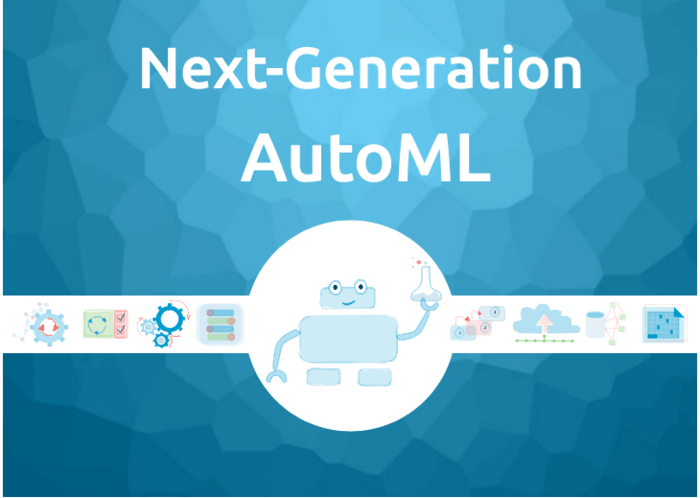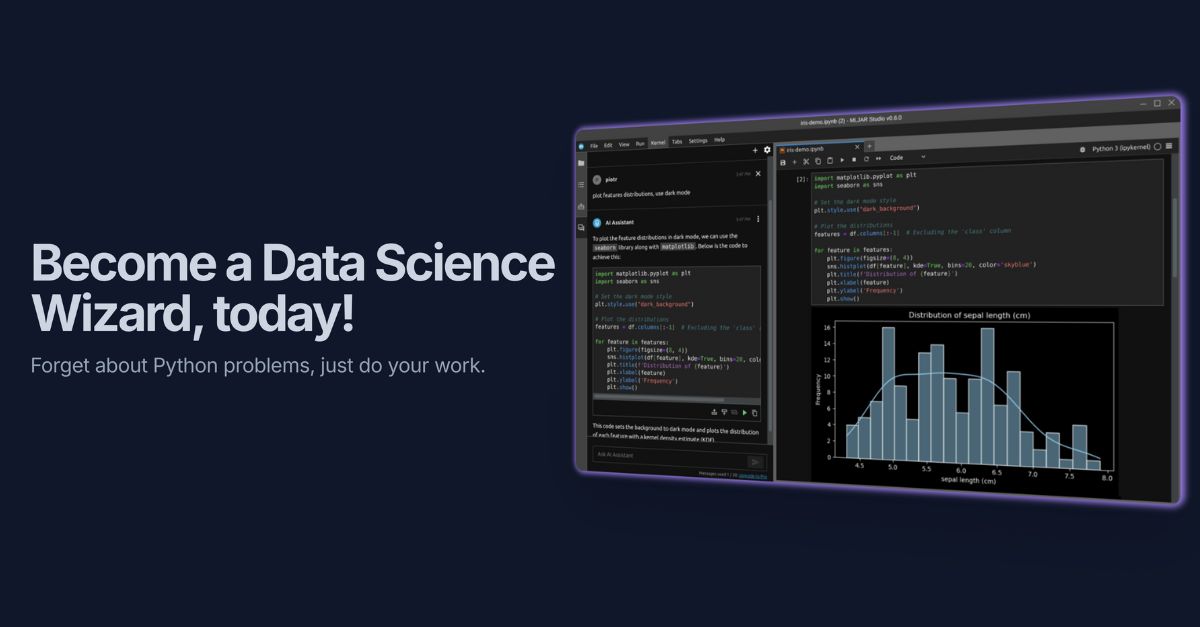
Navy SEALs, Performance vs Trust, and AI
Explore the Navy SEALs approach to performance vs trust and discover how it relates to AI in software development. Learn why trust, not just performance, is crucial for building reliable AI systems and high-performing teams.







